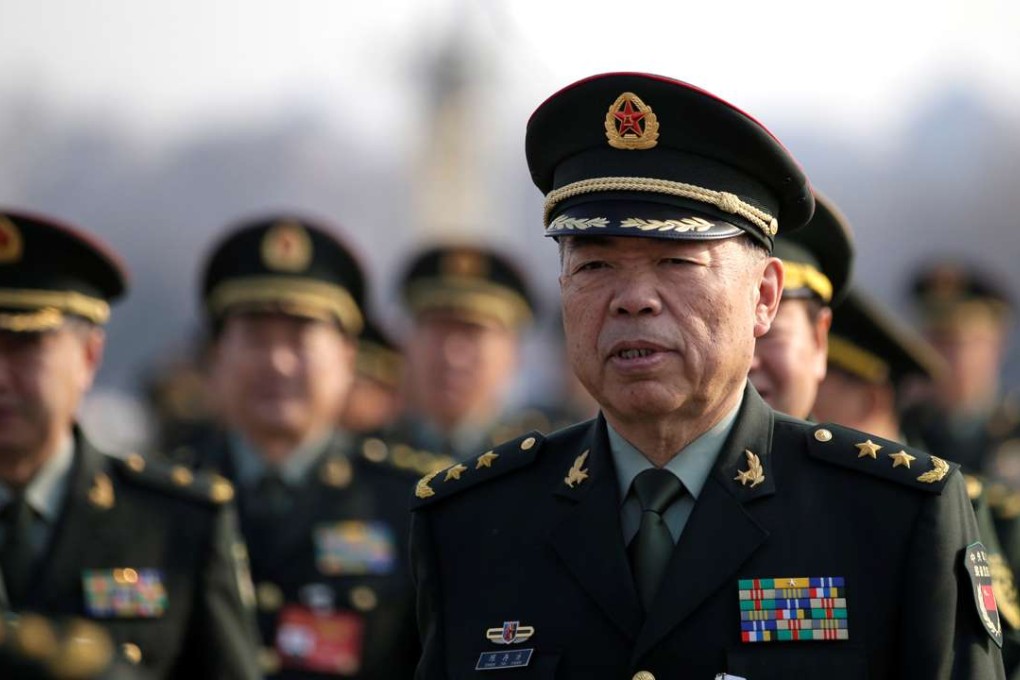China all quiet on its military spending front
Beijing breaks precedent by not revealing the total budget to take some of the sting out of the sensitive figure at home and abroad, observers say

For the first time in decades, Beijing has not revealed its defence spending total for the year despite a stated commitment to transparency in military outlays.
The decision is seen as an attempt to downplay the sensitive budget figure, which has not only raised concerns in the international community but also among military personnel who want spending to rise at a faster rate.
The total military budget has long been included in the Ministry of Finance’s report released at the start of the National People’s Congress. But the figure was omitted in the 2017 budget report released on Sunday. The social security budget for 2017 was also missing.
Nevertheless, in his government work report tabled to the NPC on Sunday, Premier Li Keqiang pledged more support for the military.
“Beijing will continue to deepen military reforms while upholding the Communist Party’s absolute leadership over the armed forces,” Li said.
The comment came a day after NPC spokeswoman Fu Ying said the defence budget would be increased by around 7 per cent this year, down from 7.6 per cent growth last year and the slowest annual rate since 2000.